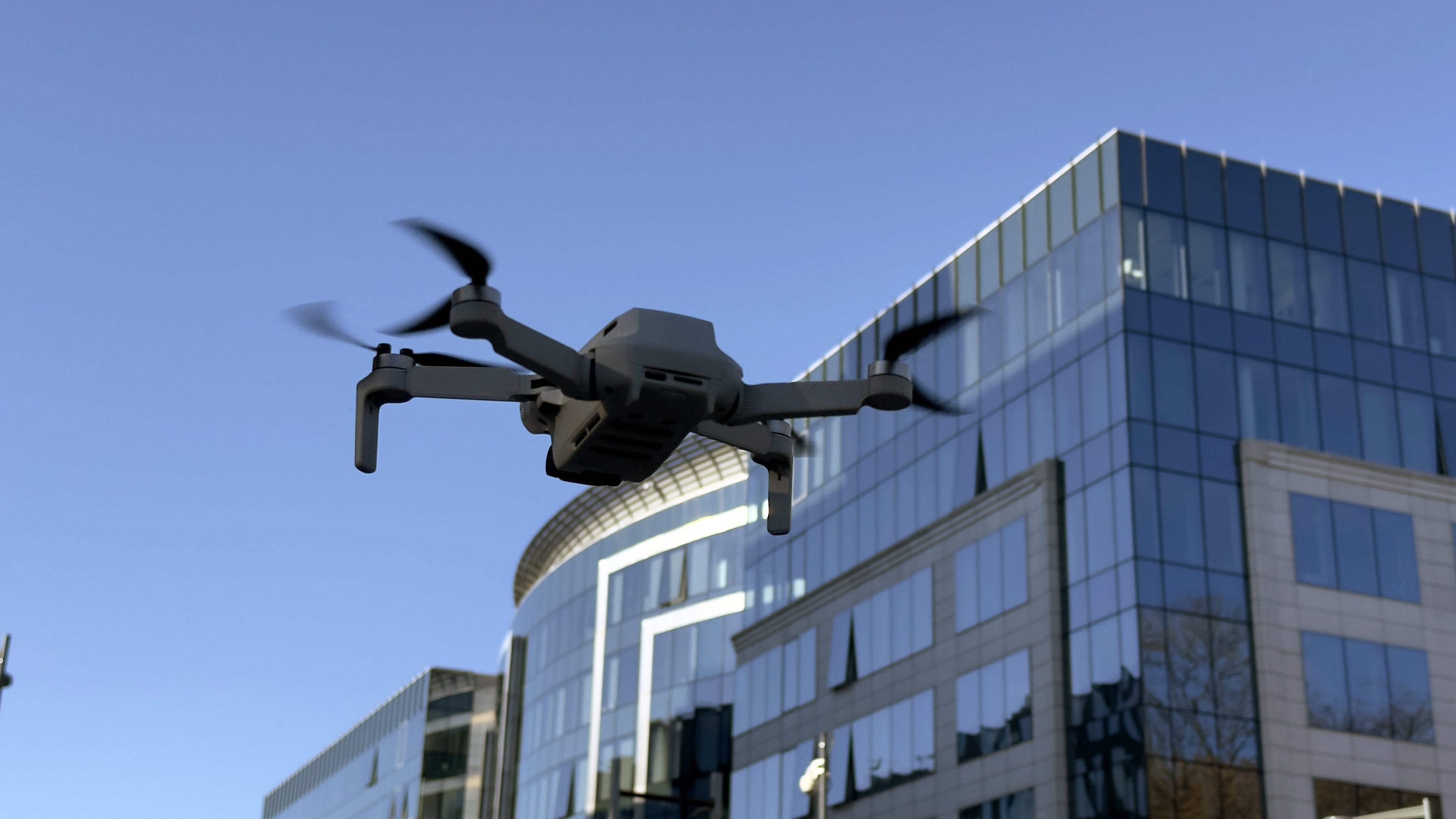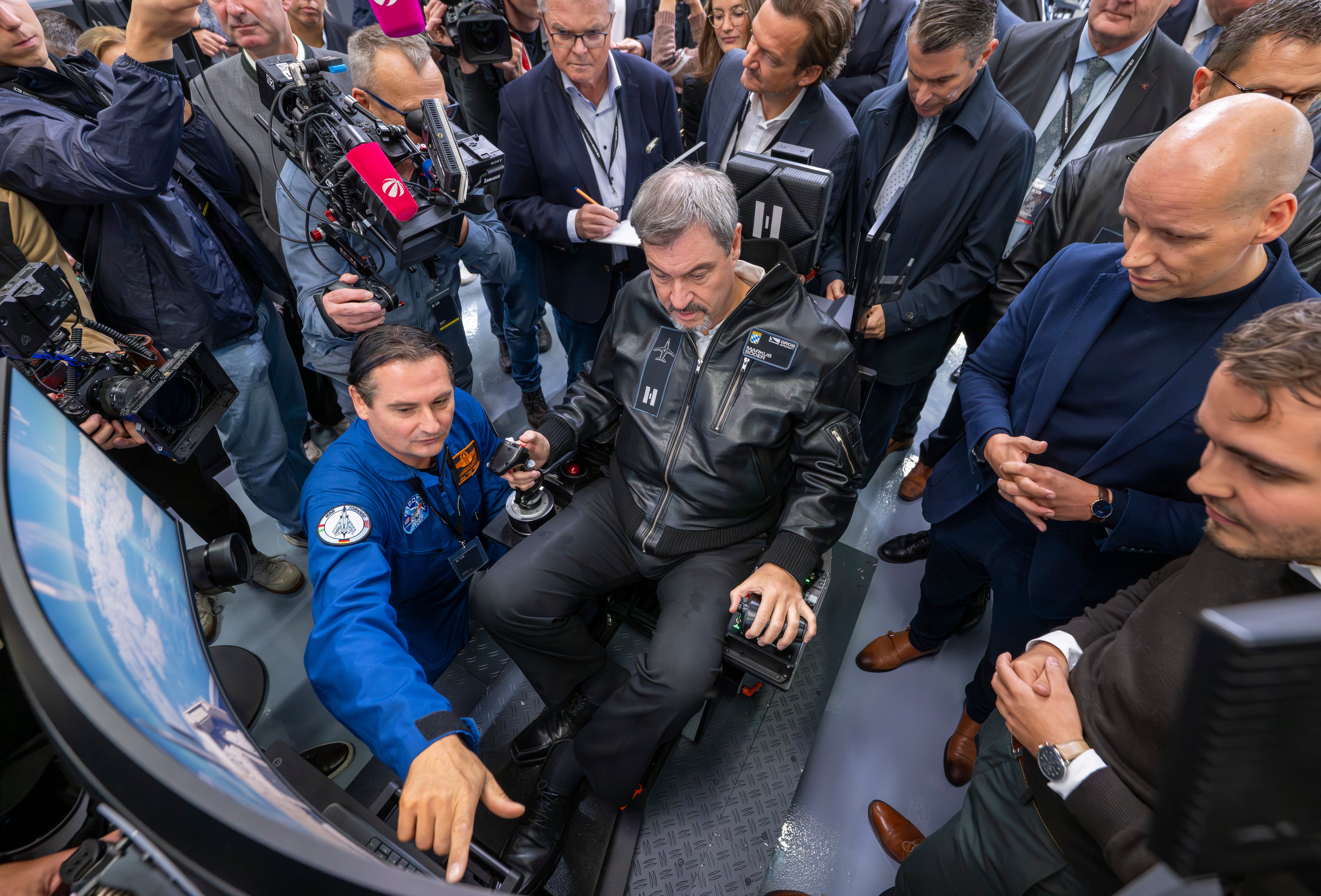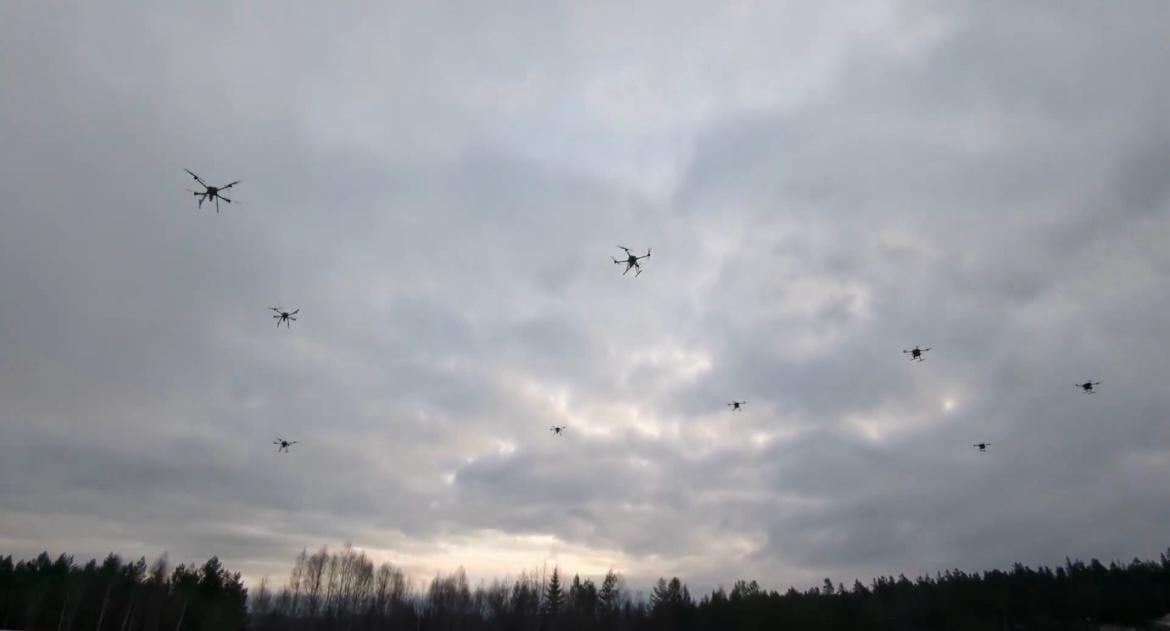Smaller satellites are proving big news for the armed forces.
In November 2013, a Minotaur rocket took 29 satellites into orbit, setting a new record for the most satellites deployed in a single launch. Less than two days later, the record fell to a Dnepr carrying 32 satellites, according to the Aerospace Corp., which conducts R&D for the Space and Missile Systems Center (SMC), a unit of Air Force Space Command.
Since then the satellites have just kept getting smaller, opening new operational doors for the military.
Army public affairs predicts tiny satellites may someday deliver voice, data and even visual communications in remote areas where they communications might otherwise be impossible.
This will be a big leap forward. Today, Army radio over-the-horizon communication from the field to higher headquarters can be virtually nonexistent in remote operational areas, said Dr. Travis Taylor, the senior scientist for Space Division, U.S. Army Space and Missile Defense Command-Tech Center, or SMDC, at Redstone Arsenal, Alabama. He spoke during Lab Day at the Pentagon in May 2015.
Tiny satellites could help to close the gap, he said. He pointed to an effort by Army scientists and researchers to build the SMDC-Orbital Nanosatellite Effect, known as the SMDC-ONE nanosatellite, the ONE standing for Orbital Nanosatellite Effect. "It's basically a cell phone tower in space, except it’s not for cell phones, it’s for Army radios," Taylor said.
While SMDC-ONE is a technology demonstration, it has already been successfully tested and is communicating effectively. Taylor predicted more such devices would go to space in the near future. "Hopefully, we're at a point in the process where the technology is proven and they're wanted [in] perhaps three to five years," Taylor said.
The long-term plan here includes not just access to communications in challenged areas, but also delivery of imagery in tactical situationsm though an imaging satellite would need to be larger than the current SMDC-ONE. While an imaging satellite might need to be larger than an SMDC-ONE, it still would be nano scale. A ground resolution of two to three meters would be sufficient for a soldier to identify suspect vehicles or trace the source of smoke in an urban area. Such techIt could give war fighters an edge. "This is capability the Army doesn't have right now," Taylor said.
RELATED: Read more from our Satcom for Tactical Forces C2 Online Multimedia Report.








